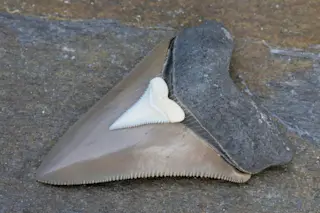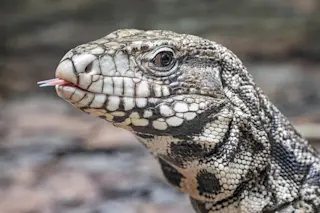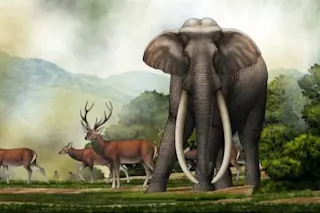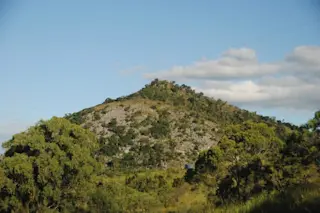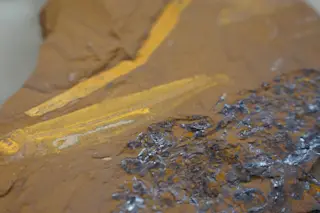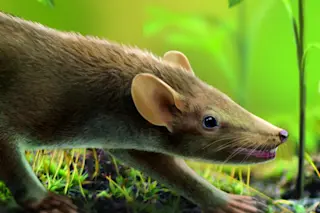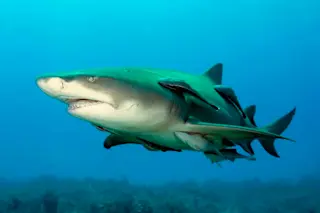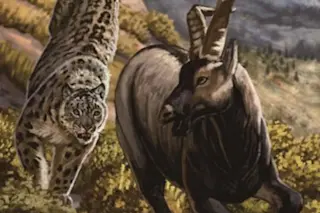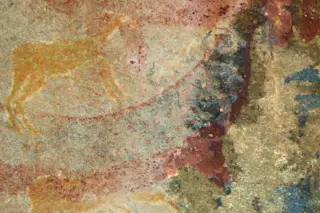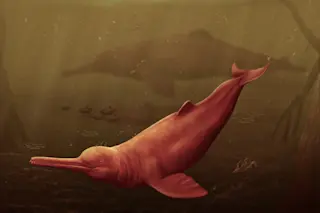Gualicho shinyae a deux prepare to make short work of a wee hadrosaur in this artist's rendering that makes me want to form a doom metal band just so we can use this as an album cover. Credit: Jorge Gonzalez and Pablo Lara. If you thought T. rex and its close relatives were the only dinosaurs that had a tough time brushing their teeth, making the bed or completing any other task that required forelimbs of useful length, think again. In a prime example of convergent evolution — unrelated animals evolving the same trait — a new theropod dinosaur from South America was also doing the short arm shuffle. Both tyrannosaurids and the newly described dinosaur, Gualicho shinyae, were theropods, but don't think they were kissing cousins on their family tree.
Evolution nailed it very early in the lineage of theropods, one of the major models of dinosaur. In fact, ...



